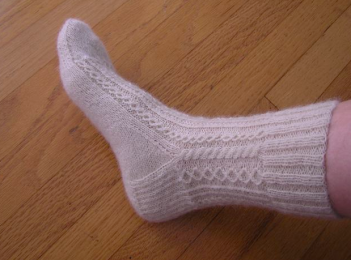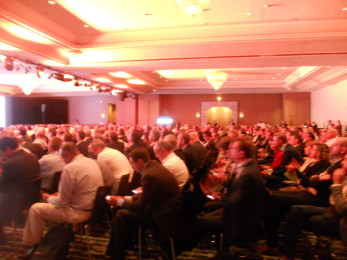 Ruckus Networks has launched its Dogfather Technical Community in EMEA.
Ruckus Networks has launched its Dogfather Technical Community in EMEA.
The programme gives partners a series of educational initiatives with the idea of giving Ruckus partners a competitive edge and solutions.
Ruckus claims that partner enablement is the cornerstone of its channel ethos. The Dogfather programme comprises several components, each with their own dedicated and focused resources such as easily accessible technical training via monthly-webinars, seminars, workshops, events and social media, all available in 15 different languages.
Matthew Ball, Principal Analyst at Canalys, said that the channel was experiencing constant disruption, with technology innovation firmly at the forefront of partners’, and their customers’ minds.
“Enabling partners to stand out in such a competitive market is key to making a real difference as a vendor and to drive loyalty. Giving partners the knowledge and skills they need to deliver and meet their business goals is a huge differentiator and shows real commitment to the industry.”
Following the launch of the Ruckus new two-tier partner programme at the end of 2017, channel growth has become paramount. As a channel-first company, Ruckus recognises the need to serve its partner community and provide them with the tools to be profitable, competitive and win–and Ruckus’ superior technology is driving this.
“With the introduction of our Dogfather programme, we expect to see a much closer-knit partner community,” said Massimo Mazzeo-Ocello, director of systems engineering, EMEA, Ruckus Networks. “The best partnerships are based on the simple principle of making each other’s businesses better–sharing the risk and the reward. As vendors, we need to invigorate partners, not hold them back. The channel cannot just survive, but must be allowed to thrive, in a world with technology at its core.”
The Dogfather Technical Community Programme consists of:
Big Dogs: Ruckus’ annual EMEA sales and technical event for senior partner executives
Mini Dogs: regional partner roadshows for regional sales and technical teams
Dogfather remote enablement: monthly webinars and tech-newsletters on select topics open to all partners and available in 15 languages
Dogfather Days: Ruckus- driven live events with technical engineers, available in 15 countries
Distributor Days: Distributor-supported, live Ruckus-driven technical events with their relevant partners
Social Media: easy to use, with pre-written blogs, social posts and spotlight promotion
The benefits of the Dogfather Community are available to Ruckus’ Elite and SMB partners immediately. For more information please visit:
 Despite the US crackdown, Chinese devices are doing really well in Europe, according to Canalys beancounters.
Despite the US crackdown, Chinese devices are doing really well in Europe, according to Canalys beancounters.














